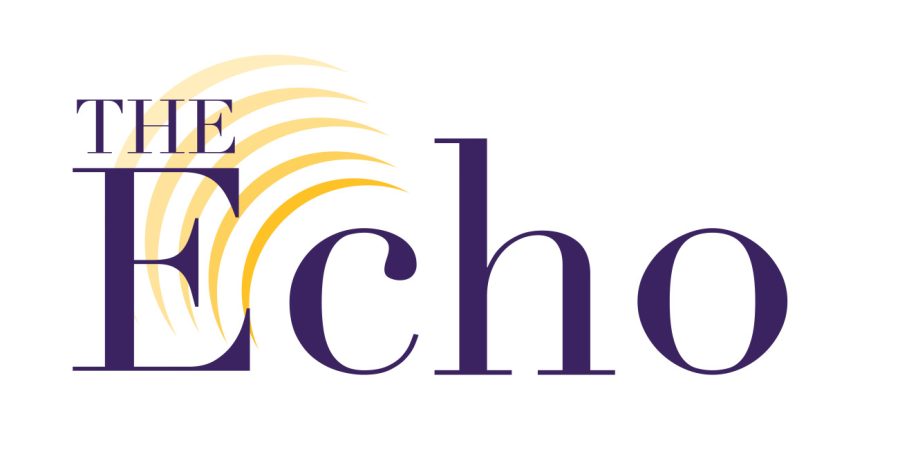In late October, the pathway between the Swenson Center and the residential halls at California Lutheran University were greeted by a spray painting of a cobra captioned, “O taste and see the goodness of God.” By the next day, the painting was removed.
The artist was signed as @SouthPriestStreet. On the artist’s Instagram page, it is possible to see other works of art. Only one of those pieces, which is in the parking lot near Grace hall, still exists.
Mixed reviews of the street art have been heard across campus.
“I think it was blatantly disrespecting both CLU’s drug policy and Christian ties,” said junior Hannah Moraes. “Someone explained to me the snake was putting a tab of some hallucinogen on its tongue.”
Some people interpreted the piece as criticizing a form of drug culture on CLU’s campus, as Moraes described.
“There is a lack of artistic freedom on campus. The walls and sidewalks are just another medium to paint on,” junior Jacob Soriano said. “Sure, it’s not the conventional canvas and I can understand why some people may not like it, but everyone has their preference. Others, like myself, find it to be just as beautiful and thought-provoking as another piece of art.”
Street art and viral advertising have been trends growing out of the 1990s underground scene in Bristol, England. It has encouraged other artists, such as @SouthPriestStreet, to take to the less popular medium of artistic expression.
@SouthPriestStreet is portraying a form of advertising that is similar to that of street artists, such as Shepard Fairey or Banksy.
With the appearance of @SouthPriestStreet’s promotional street art on campus, more people have the opportunity to see their work.
“In a sense, it’s viral marketing,” senior Chantelle Lisette said. “They’re spreading their idea and people get to see their work. It supports itself, you know?”
“I can understand the motivation for an artist to try to viral market,” Lisette said. “But I don’t think it’s smart if you try to do something like that if you aren’t backed by a business.”
It is up to the public to decide whether situations like this should be considered art or acts of graffiti and vandalism. When it comes down to it, all the spray paintings ask for is response from the public. As Banksy said, “Graffiti is one of the few tools you have if you have almost nothing. And even if you don’t come up with a picture to cure world poverty you can make someone smile while they’re having a piss.”
Jordan Oram
Staff Writer
Published Nov. 13, 2013








